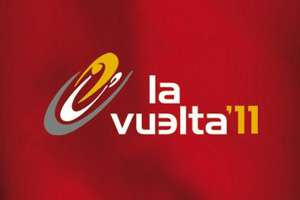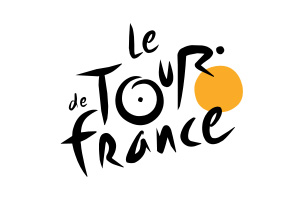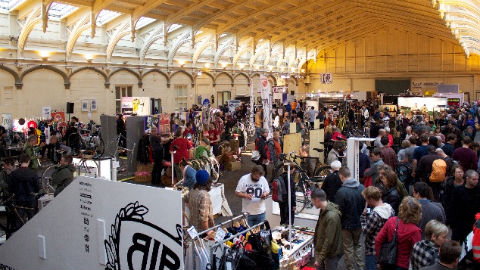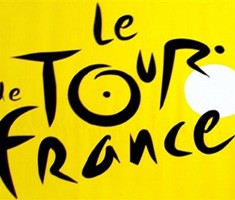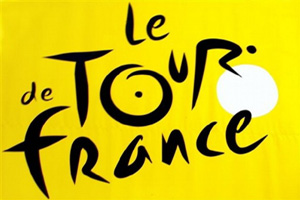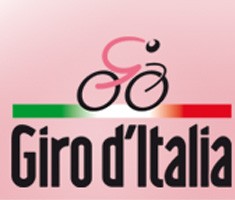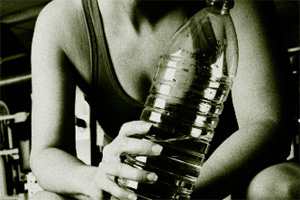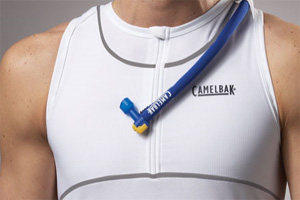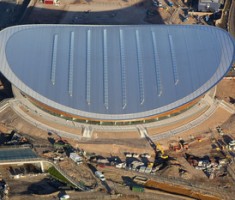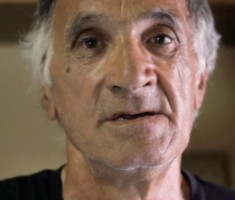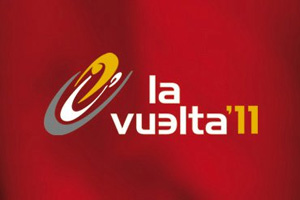 The Vuelta a España (or to give it its English translation, simply Tour of Spain) is one of the three races, along with the Giro d’Italia and Tour de France that make up the Union Cycliste Internationale (UCI) ‘Grand Tour’. Whilst the Tour de France started in 1903 and the Giro six years later in 1909, the Vuelta is by far the youngest cousin with its first running in 1935 and a twenty year gap until it became a full-blown annual event in 1955. In the same way that both le Tour and Giro were first staged and then grew in order to boost the circulations of their newspaper sponsors (L’Auto in France and La Gazzetta dello Sport in Italy), so too was the Vuelta conceived to increase the readership of Spain’s Informaciones.
The Vuelta a España (or to give it its English translation, simply Tour of Spain) is one of the three races, along with the Giro d’Italia and Tour de France that make up the Union Cycliste Internationale (UCI) ‘Grand Tour’. Whilst the Tour de France started in 1903 and the Giro six years later in 1909, the Vuelta is by far the youngest cousin with its first running in 1935 and a twenty year gap until it became a full-blown annual event in 1955. In the same way that both le Tour and Giro were first staged and then grew in order to boost the circulations of their newspaper sponsors (L’Auto in France and La Gazzetta dello Sport in Italy), so too was the Vuelta conceived to increase the readership of Spain’s Informaciones.
The 2011 edition runs from Saturday August 20 to Sunday September 22 over a total distance of 3,300km, starting in the coastal town of Benidorm and ending in the country’s capital, Madrid. It comprises (just like the Tour de France and the Giro) 21 stages, which at this year’s Vuelta breaks down to 9 Flat Stages, 10 Mountain Stages, one team time trial (TTT) and one Individual Time Trial (ITT).
As always, Cyclo is here to help you win the odd pub bet should you find yourself involved in a heated Vuelta a España based dispute:
* The greatest number of participants was 207 in 2002, compared to the fewest in 1941, just 32 riders.
* The honour for the greatest number of overall Vuelta victories (three) is shared Tony Rominger (1992, 93 and 94) and Roberto Heras (2000, 2003, 2004).
* The greatest number of stage wins is a staggering 39 all chalked up between 1941 and 1947.Perhaps even more impressive is Freddy Maertens’s 1977 achievement when he scored 13 stage wins in a single edition (and, yes, that did make him the winner in overall classification…)
* The shortest course was a mere 2,419km in 1963, whilst the longest was 1941’s 4,442km marathon.
* The country that has won the most editions of the Vuelta (28) is, not surprisingly, Spain – just as the French have won the most Tour de France victories (36).
* The smallest margin of victory was in 1984 when Eric Caritoux won over Alberto Fernández by a mere 6 seconds. By contrast the largest margin of victory was back in 1945 when Delio Rodriguez came in a massive 30 minutes and 8 seconds ahead of second place Julián Berrendero.
Vuelta a España 2011 Stages:
Stage 1 (20 August 20) Benidorm-Benidorm, TTT – 13.5km
Stage 2 (August 21) La Nucía-Playas de Orihuela – 174km
Stage 3 (August 22) Petrer-Totana – 163km
Stage 4 (August 23) Baza-Sierra Nevada – 170.2km
Stage 5 (August 24) Sierra Nevada-Valdepeñas de Jaén – 187km
Stage 6 (August 25) Úbeda-Córdoba – 193.4km
Stage 7 (August 26) Almadén-Talavera de la Reina – 182.9km
Stage 8 (August 27) Talavera de la Reina-San Lorenzo de El Escorial – 177.3km
Stage 9 (August 28) Villacastín-Sierra de Bejar. La Covatilla – 183km
Stage 10 (August 29) Salamanca-Salamanca, ITT – 47km
Rest Day (30 August)
Stage 11 (August 31) Verín-Estación de Esquí Alto de la Manzaneda – 167km
Stage 12 (September 1) Ponteareas-Pontevedra – 167.3km
Stage 13 (September 2) Sarria-Ponferrada – 158.2km
Stage 14 (September 3) Astorga-La Farrapona. Lagos de Somiedo – 175.8km
Stage 15 (September 4) Avilés-Anglirú – 142.2km
Rest Day (September 5)
Stage 16 (September 6) Villa Romana La Olmeda (Palencia)-Haro – 203.6km
Stage 17 (September 7) Faustino V-Peña Cabarga – 211km
Stage 18 (September 8 ) Solares-Noja – 174.6km
Stage 19 (September 9) Noja-Bilbao – 158.5km
Stage 20 (September 10) Bilbao-Vitoria – 185km
Stage 21 (September 11) Circuito del Jarama-Madrid – 95.6km
